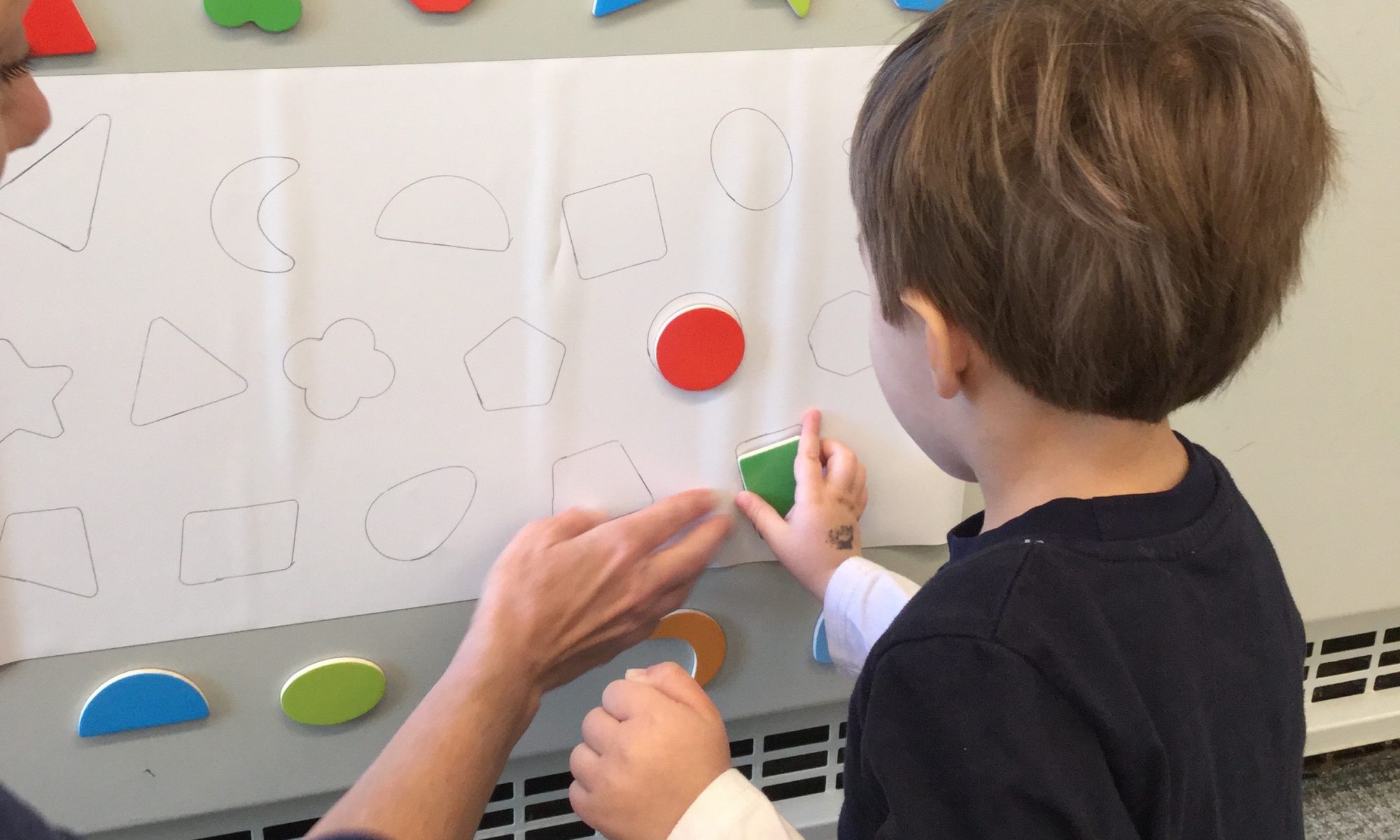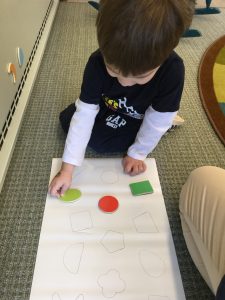Materials
Variety of blue and gold materials for gluing (feathers, gold paper, tissue paper, confetti, etc.)
Paint brushes
Elmer’s School Glue
Large piece of construction paper
Containers to hold materials
Paper plate or container for glue
Directions
Place gathered materials on a tray or basket. Pour glue into a small container. Invite your child to add glue to the large construction paper and carefully place a few materials at a time to cover the glue and make a collage. Dry complete before hanging.

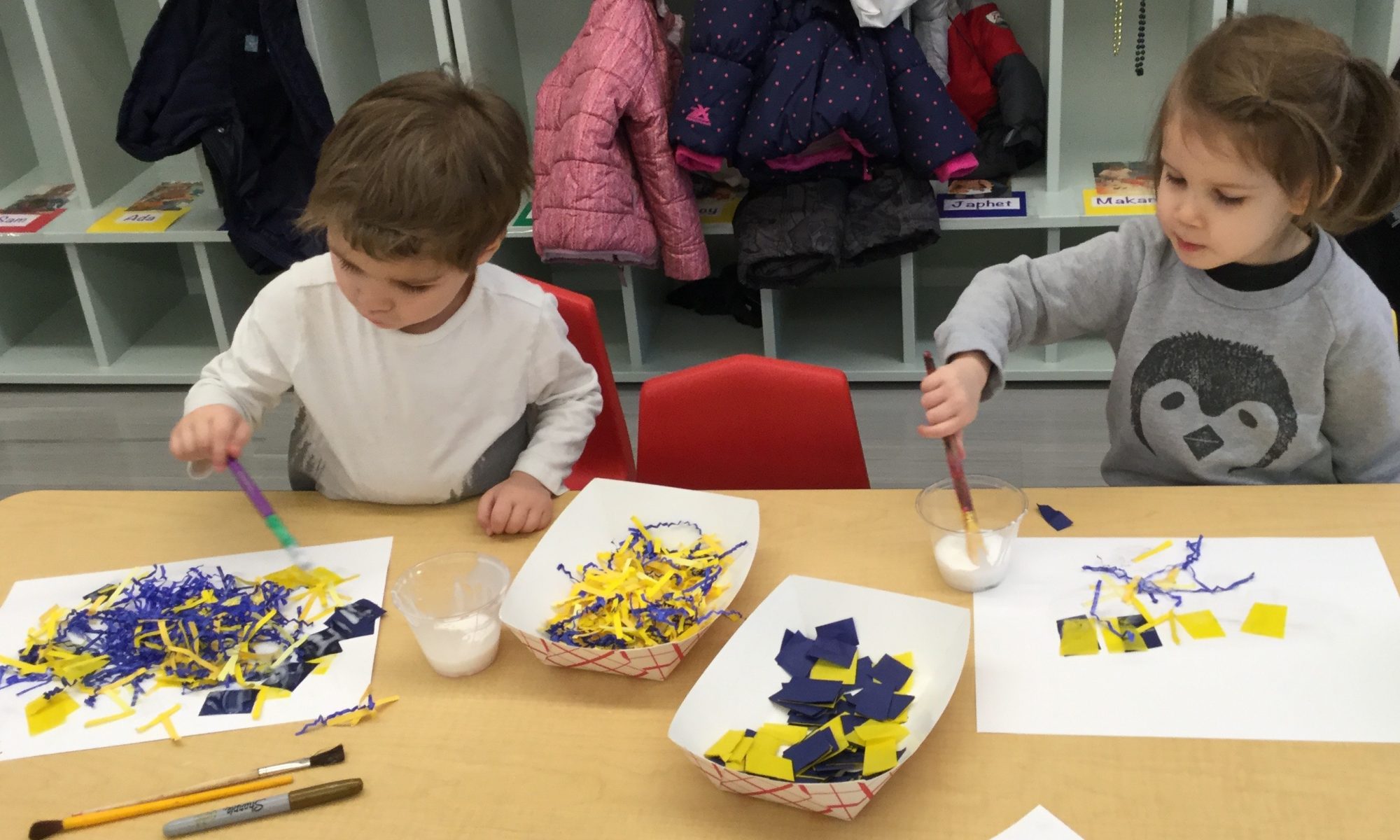

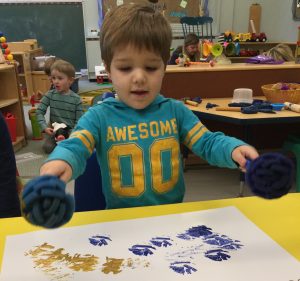
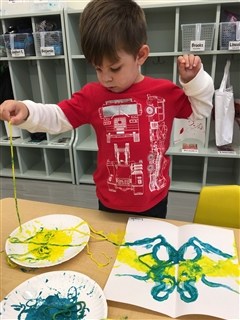
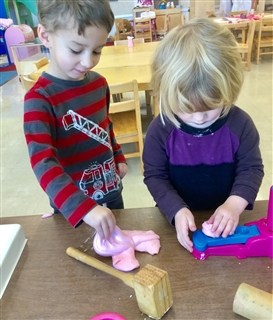

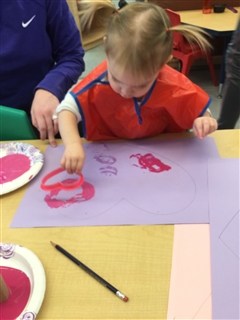
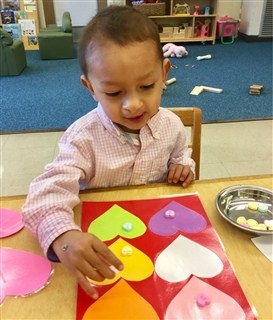
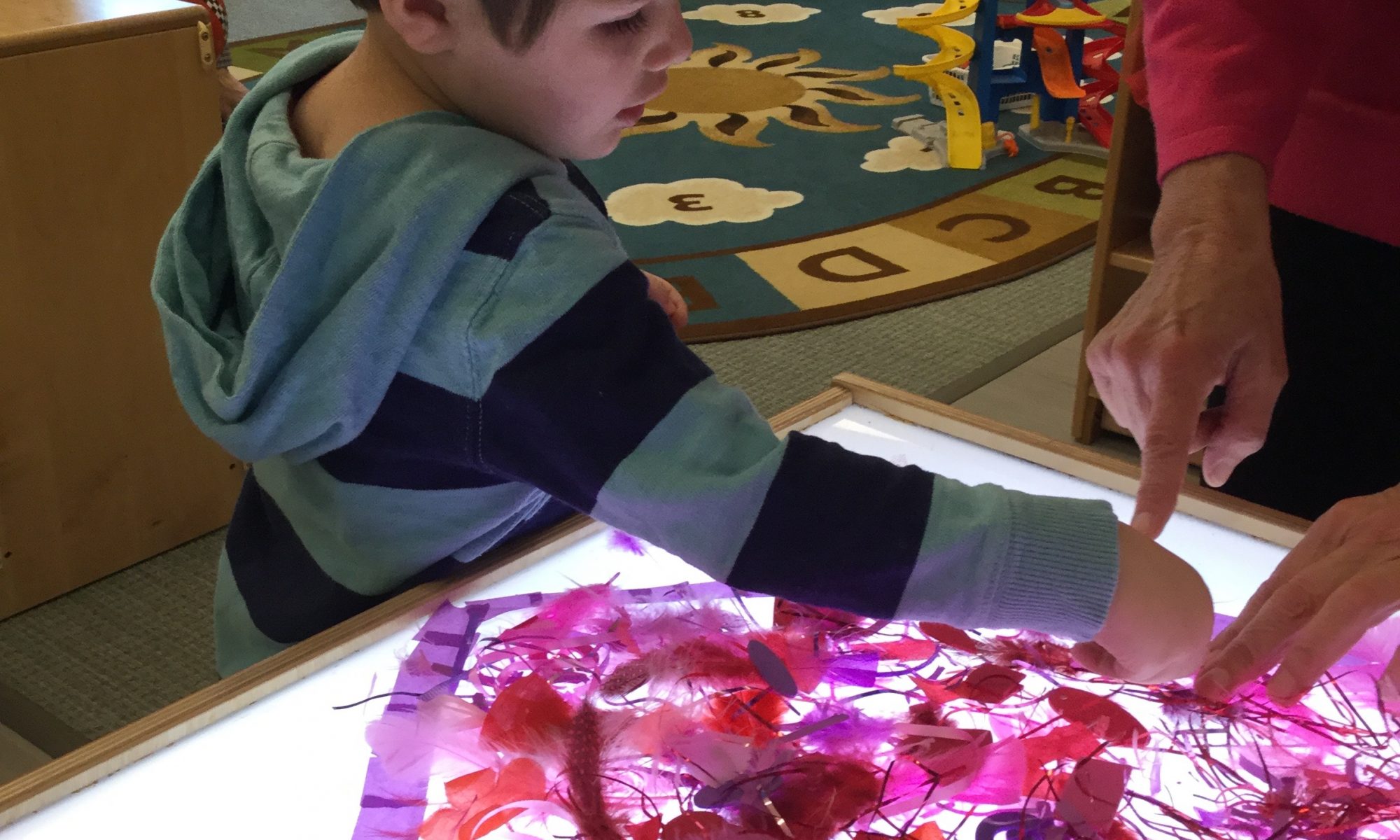
 tissue paper, tinsel, etc.)
tissue paper, tinsel, etc.)
